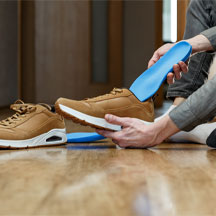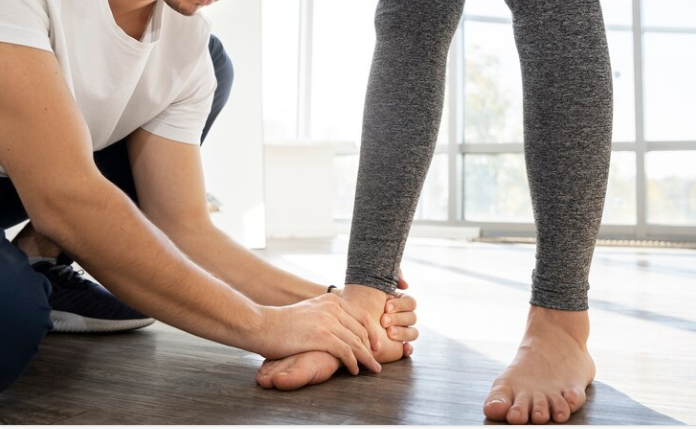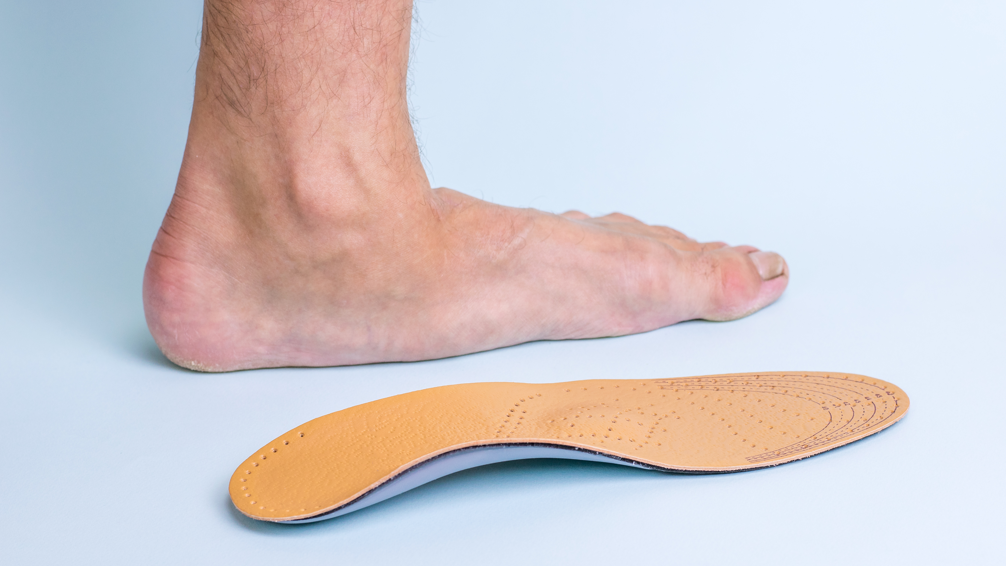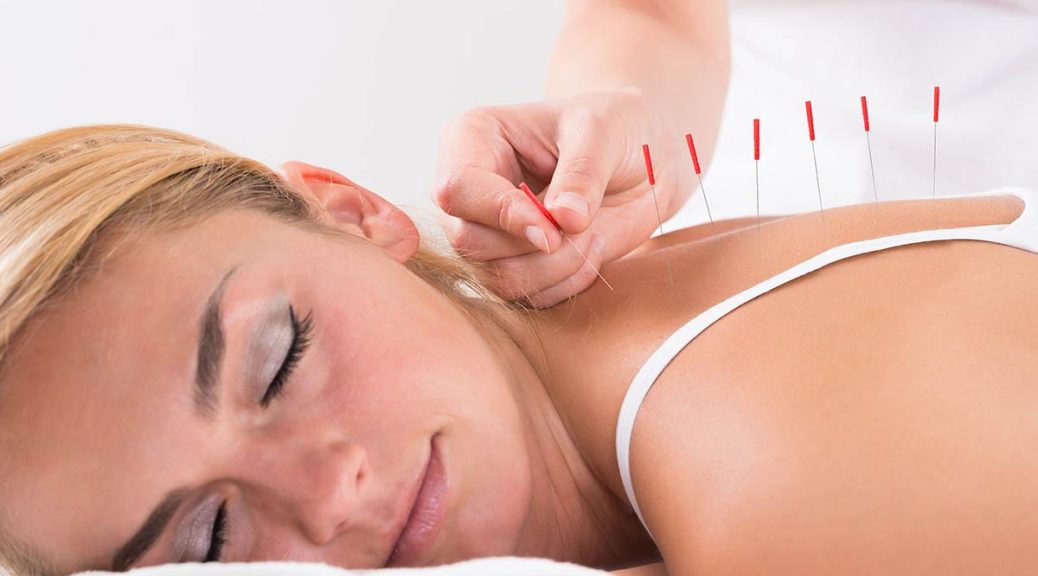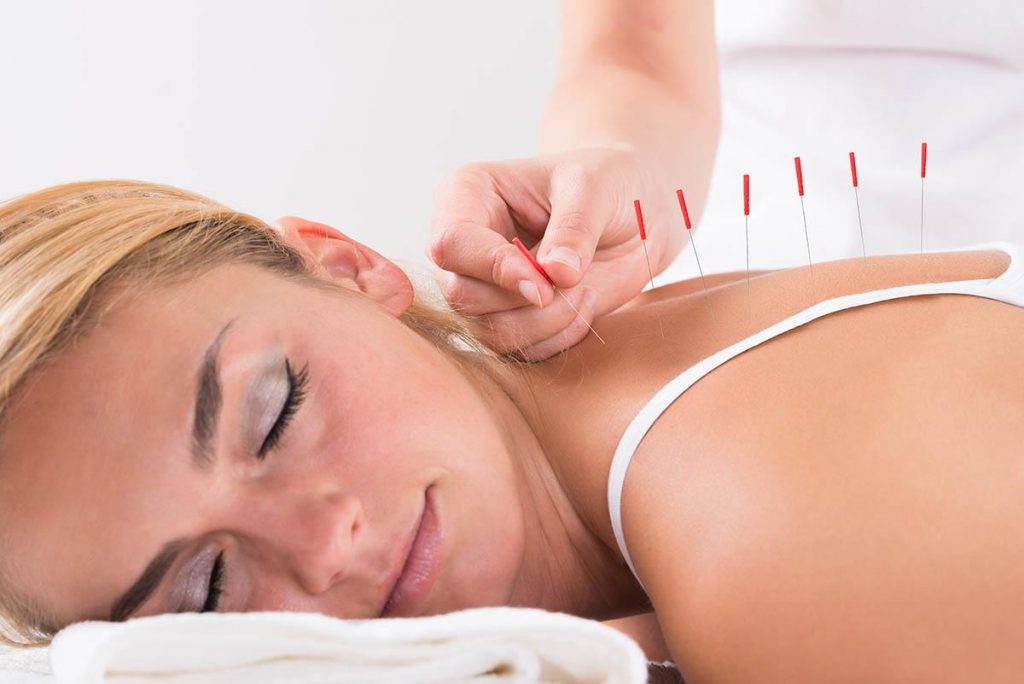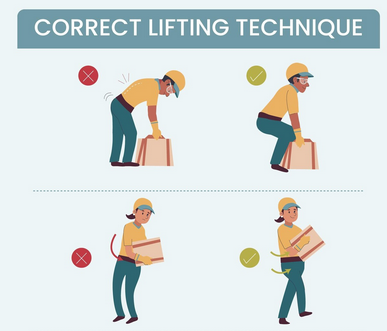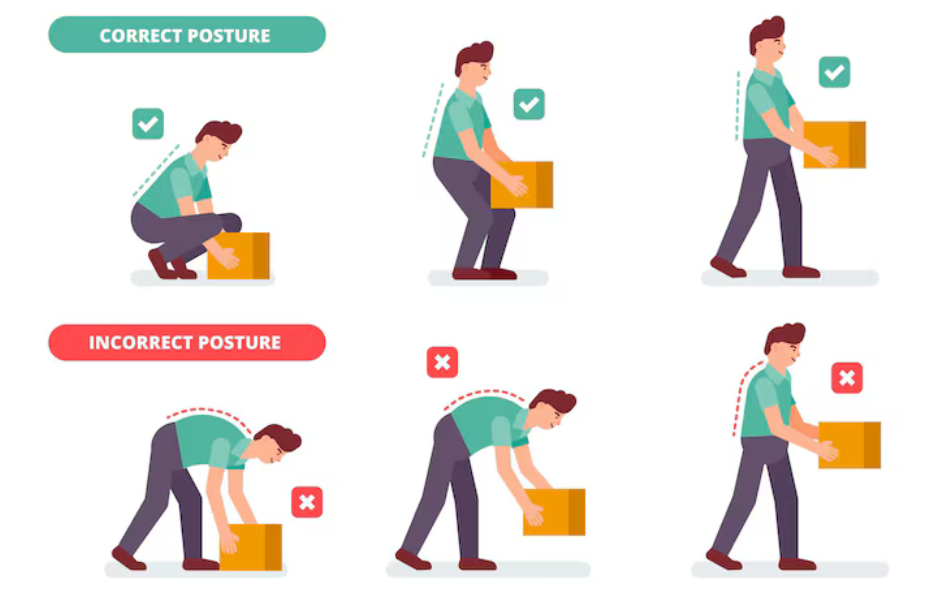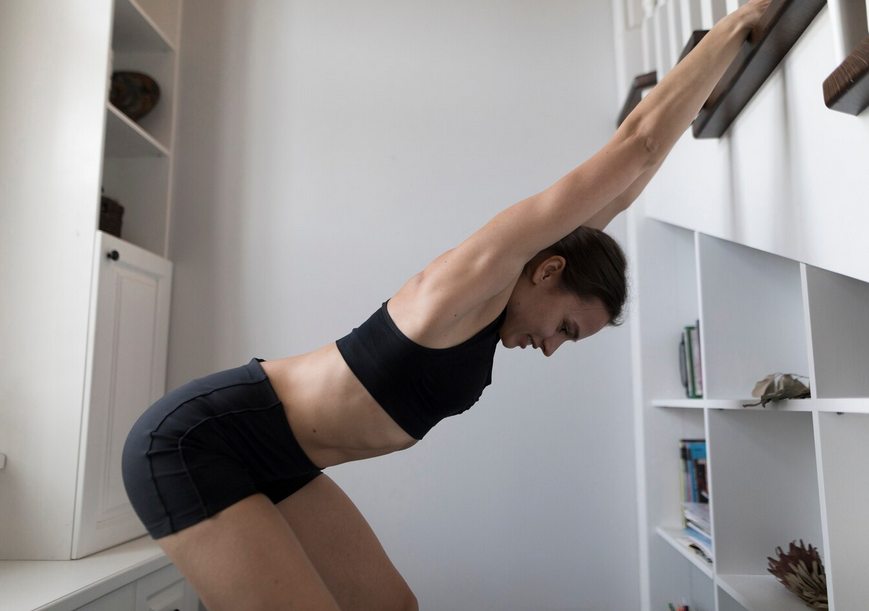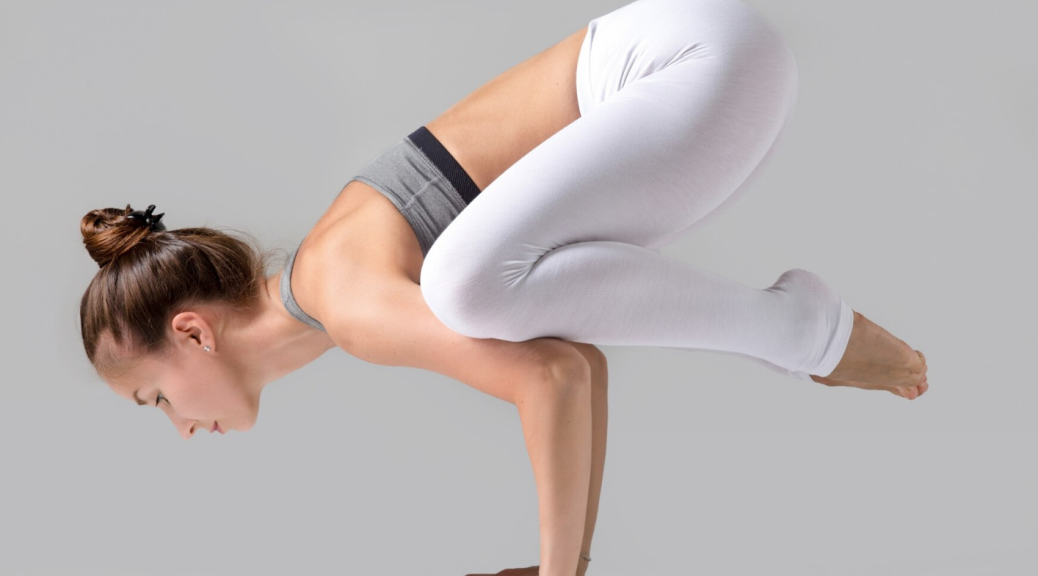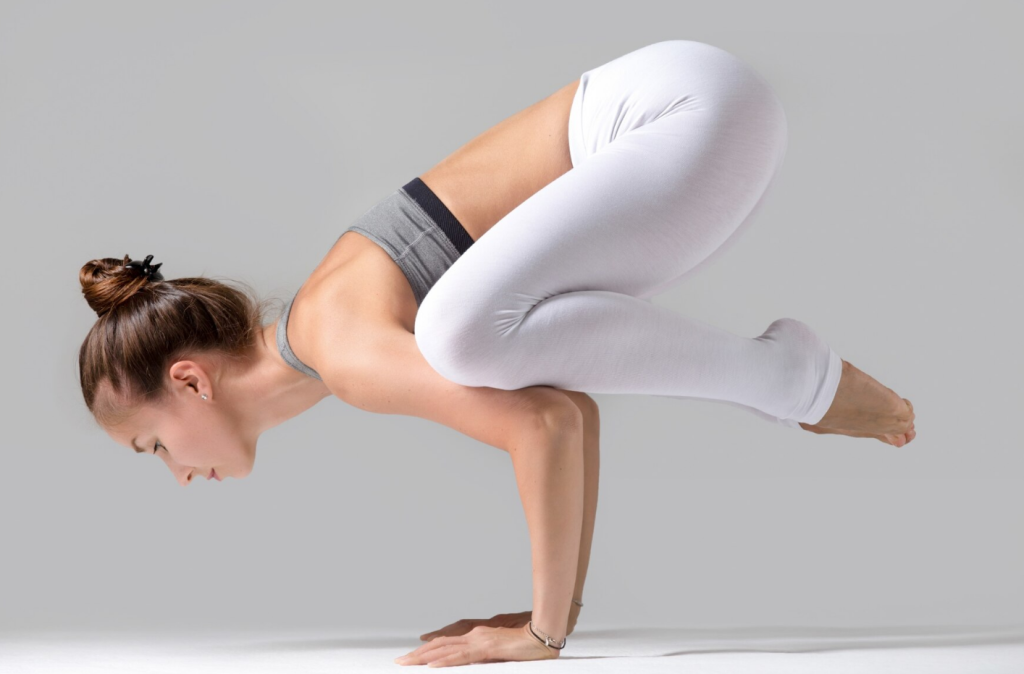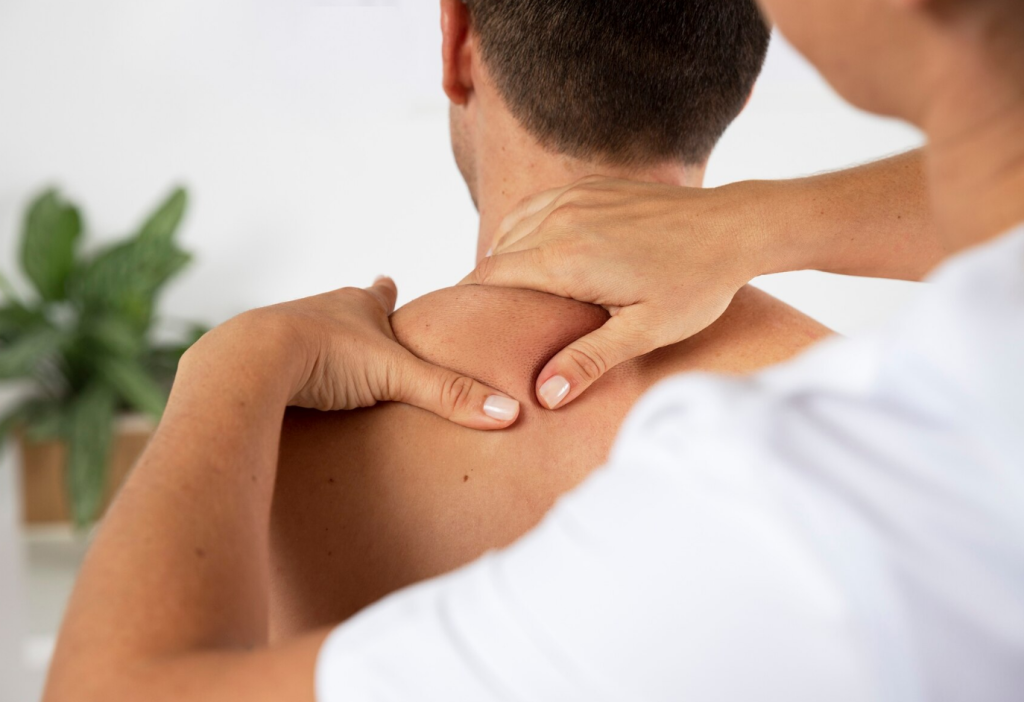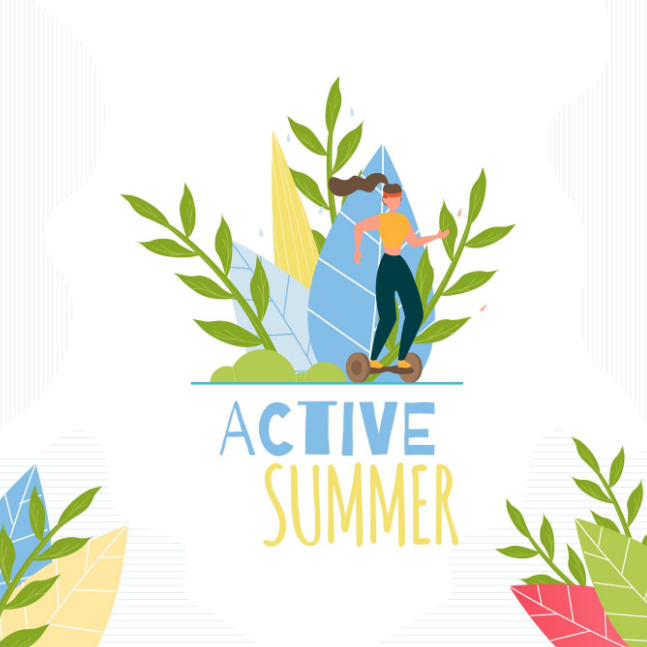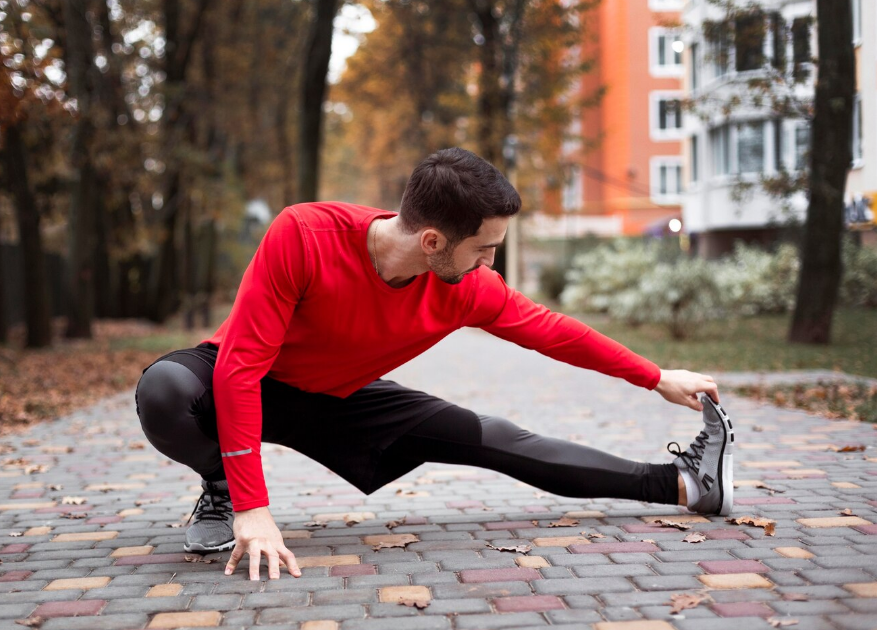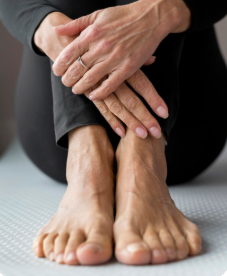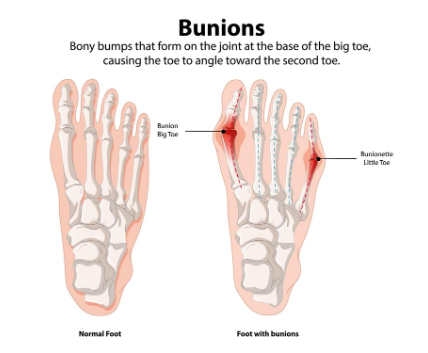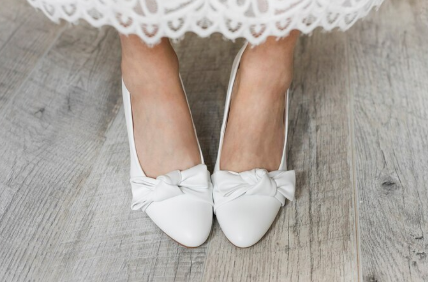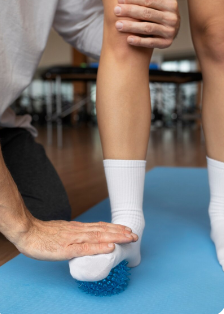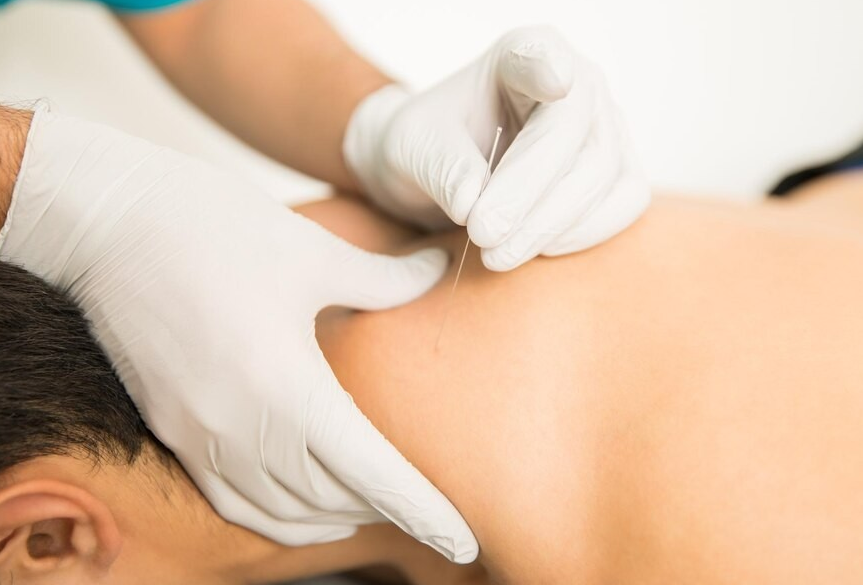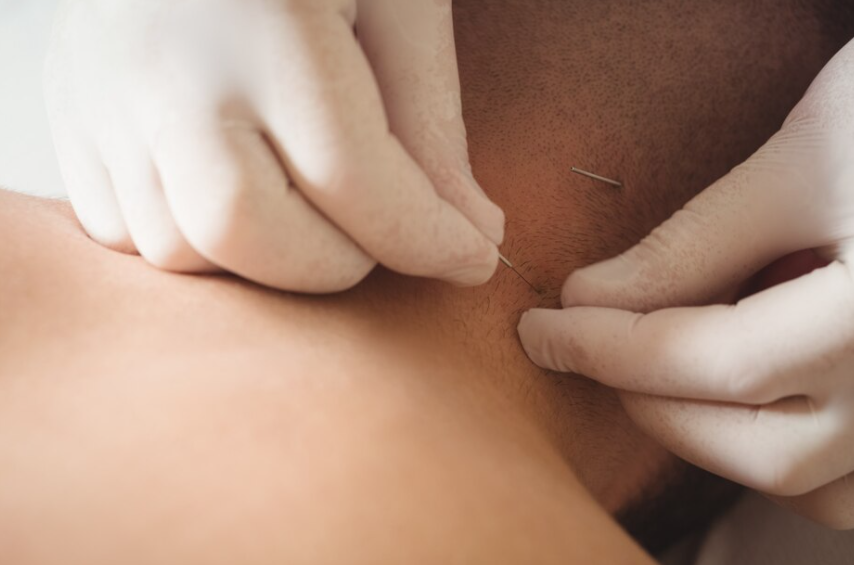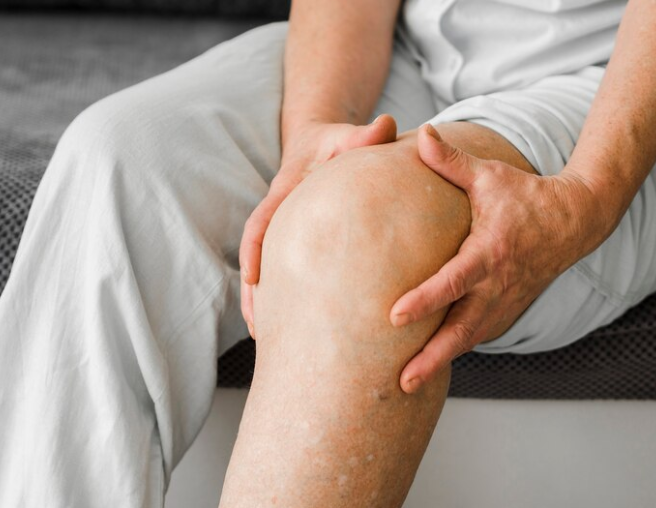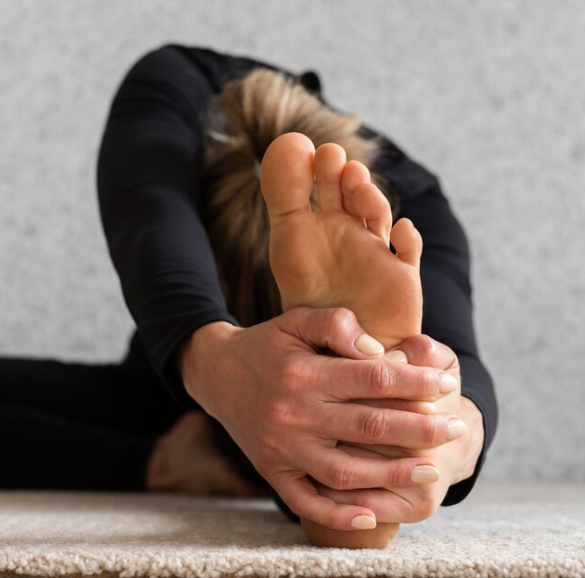Are you getting headaches from a stiff neck?
Cervicogenic headaches (CGH) are a common but often misunderstood type of headache. Unlike typical tension or migraine headaches, CGHs originate from issues in the cervical spine (the neck) and affect the upper part of the body, including the head. As physiotherapists, we play a key role in identifying, diagnosing, and treating these headaches. In this case, treating the neck is the key to alleviating cervicogenic headaches.
What are cervicogenic headaches?
A cervicogenic headache is a secondary headache, meaning it’s a symptom of an underlying issue rather than a condition on its own. It occurs due to dysfunction or irritation in the cervical spine (the neck) or its associated structures, like muscles, joints, and nerves. The pain typically radiates from the neck and base of the skull to the forehead, temples, or behind the eyes. Additionally, you may feel this headache more or only on one side.
The International Headache Society defines cervicogenic headaches as,”A headache caused by a disorder of the cervical spine and its component bony, disc, and/or soft tissue elements.”
What are the key characteristics of cervicogenic headaches?
- Pain location: Typically starts in the neck, around the occipital region, and radiates to the front of the head
- Unilateral pain: Often, the headache affects just one side of the head, or is worse on one side than the other
- Neck stiffness: The headaches are accompanied by pain, and reduced mobility in the neck
- Triggering movements: The pain may worsen with certain head movements, especially turning or tilting the head
- Not associated with sensitivity: Sensitivity to light, noise, or certain smells are not usually present, which allows it to be easily differentiated from migraines
Why do these types of headaches happen?
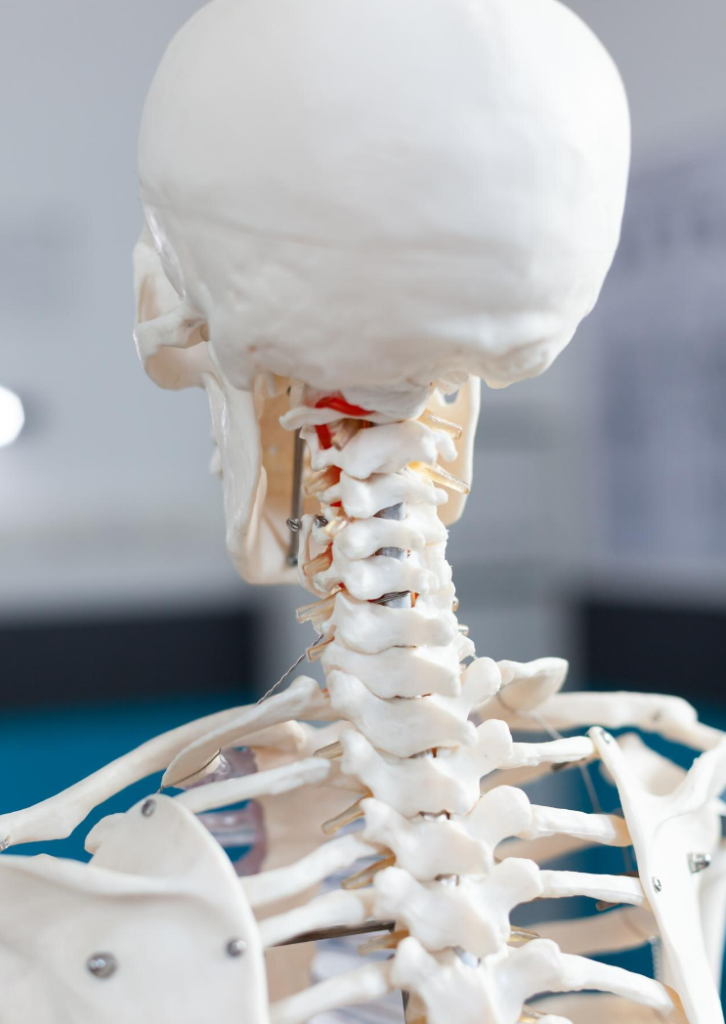
Cervicogenic headaches can result from various neck-related issues. Common causes include:
- Cervical spine disorders: Conditions such as arthritis, disc degeneration, or herniated discs can compress nerves in the neck, leading to referred pain
- Muscle strain: Overuse, poor posture, or muscle imbalances can lead to tension and spasms in the neck muscles, which may trigger headaches
- Joint dysfunction: Dysfunction in the small joints between the vertebrae in the cervical spine (facet joints) can cause pain to be referred to the head
- Whiplash injuries: Trauma to the neck, like in car accidents, sports injuries or falls, can damage muscles, ligaments, and discs.
- Postural issues: Prolonged poor posture (e.g., sitting at a desk with the head jutting forward, constantly looking down at a laptop or phone) can strain the neck, leading to headaches over time
How can a cervicogenic headache be treated?
Thankfully cervicogenic headaches can be managed quite effectively, and who better to help than a movement expert? Physiotherapists are specialists in musculoskeletal health and play a vital role in the treatment and management of cervicogenic headaches. Physiotherapy for CGH focuses on addressing the underlying neck dysfunction that causes the headaches.
Physiotherapy Treatment Techniques
- Manual therapy: This includes techniques like joint mobilization and manipulation to restore proper movement deficienciesin the cervical spine and alleviate pressure on nerves or muscles
- Postural correction: Improving posture, especially for those with sedentary jobs or poor ergonomic habits, can significantly reduce strain on the neck and upper back. This may include a workspace assessment or analysis of your daily habits to find strategies to make small, but significant changes
- Personalized exercise program: Targeted stretching and strengthening exercises help to release tension in tight muscles while strengthening weak muscles that contribute to imbalances in the neck region
- Dry needling or trigger point therapy: Dry needling can be used to release tight, painful muscles that may be contributing to the headache. This can help alleviate muscle tension and improve blood flow to the area
- Ergonomic advice: Physiotherapists can assess a patient’s workspace and daily habits, offering advice on how to adjust their posture, seating, and workstation to minimize neck strain. For example, experimenting with a standing desk or adjusting your seat and monitor heights can make a big difference.
Is there anything I can do at home?
In addition to in-clinic physiotherapy, home management is crucial. Here are a few practical tips:
- Neck stretches: Gentle neck stretches can help maintain flexibility and reduce muscle tightness. Focus on stretches that target the upper traps, levator scapulae, and suboccipital muscles
- Strengthening exercises: Focus on strengthening the deep neck flexors and upper back muscles to improve posture and reduce strain on the cervical spine. Great examples of exercises are chin tucks and banded rows.
- Posture awareness: Regularly check your posture throughout the day. Ensure your head isn’t protruding forwards, bent down, or tilted for long periods of time. If they are, try adjusting your setup to facilitate a better posture
- Rest breaks: If you work at a computer for long hours, take regular breaks to move your neck and shoulders. This helps to avoid the buildup of tension
- Heat therapy: Applying heat to the neck and shoulders can help relax tight muscles and help with pain relief.
Looking for more help?
Look for PhysioNow! Our clinic provides Physiotherapy, Manual Osteopathy, Massage Therapy and more to help our clients feel better and move better. With 10 clinics across the west GTA including Burlington, Oakville, Mississauga, and Etobicoke, we can get you an appointment right away. Don’t waste another second fighting headaches, book with PhysioNow today for your first assessment and treatment!



